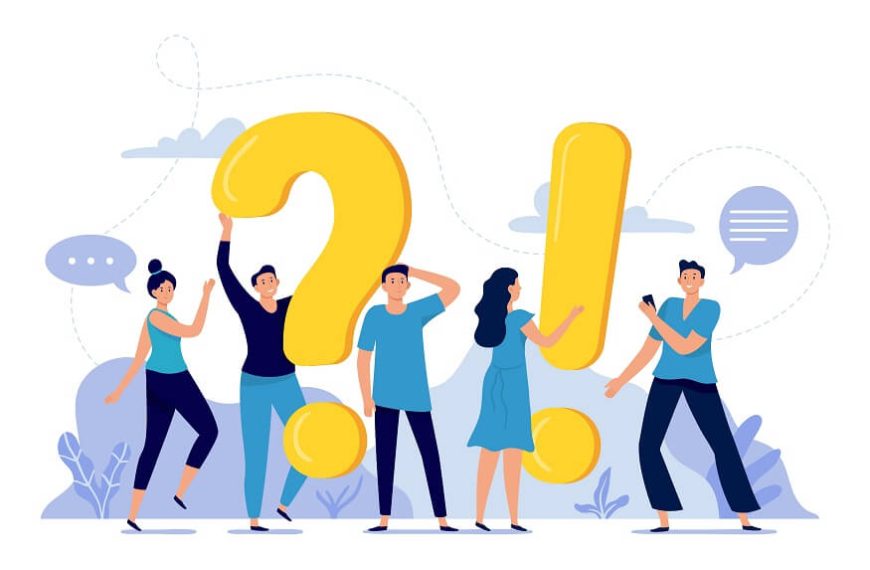Ahoy young learners! Today, we’ll embark on an exciting journey into the world of language and explore what is punctuation, the different types of punctuation, and how they help in making our writing clear and easy to understand.
What is Punctuation?
The question “what is punctuation?” might sound simple, but the answer is rather marvelous. Punctuation is like the magic sprinkles on a cake. It helps our writing look neat and taste even better. In plain words, punctuation marks are the symbols we use in our writing to make sentences and ideas clear. Imagine reading a book without any full stops, commas or question marks. It would be one big jumble, wouldn’t it?
Types of Punctuation
In the vast sea of writing, there are many types of punctuation that act as buoys, guiding us along. Let’s look at some of these:
Full Stops (.) – They’re like the red traffic lights for sentences. They tell us when to stop. Example: I love chocolate. It’s my favorite treat.
Commas (,) – These are the pause points. They give us a moment to breathe in a sentence or separate items in a list. Example: I bought apples, bananas, and grapes.
Question Marks (?) – Whenever you’re asking something, this mark comes to the rescue. Example: What is your name?
Exclamation Marks (!) – For times when you’re really excited or want to shout out. Example: What a beautiful day!
Apostrophes (‘) – They show possession or that some letters are missing. Example: It’s (it is) a sunny day. That’s Peter’s book.
Quotation Marks (” ” or ‘ ‘) – To highlight someone’s words or special terms. Example: The teacher said, “Always do your homework.”
Now, these are just a few types of punctuation, and there are more out there to explore and understand.
Punctuation Examples in Stories
Examples of punctuation can be best understood through stories. Let’s take a look at a little story with and without punctuation:
Without Punctuation: Peter and Mary went to the park they wanted to play on the swings, however the swings were broken so they played on the slide. It was fun.
With Punctuation: Peter and Mary went to the park. They wanted to play on the swings; however, the swings were broken. So, they played on the slide. It was fun!
Notice the difference? The second one is so much clearer, all thanks to our punctuation friends.
Punctuation Worksheets for Practice
It’s always fun to practice what we learn. Worksheets are a brilliant way to do that. Here are some simple exercises for kids: Fill in the Blanks: She loves to eat ice cream ____ (what is she asking or stating?) We went to the zoo and saw lions____, tigers____, and bears____. (Insert the correct punctuation)
Circle the Right Punctuation:
My favorite color is (blue., blue!, blue?) Can you come to my party (., !, ?) Worksheets can be filled with fun and colorful punctuation examples, helping kids grasp the concept better.
Why is Punctuation Important?
To answer “what is punctuation” and understand its importance, let’s take an example: Let’s eat, Grandma. vs Let’s eat Grandma. The first sentence invites Grandma to dine, while the second…well, we wouldn’t want that for poor Grandma! Punctuation saves lives! Punctuation is the backbone of clear communication. It not only makes our sentences legible but also expresses our emotions, intentions, and the rhythm of our thoughts.
The Magic of Punctuation in Poetry and Songs
Venturing further into the world of writing, we discover the poetic side of punctuation. Poetry and songs, much like stories, are brought to life with the help of punctuation.
In poetry, each comma, full stop, or exclamation mark can evoke a world of emotion. The pauses introduced by punctuation help us appreciate the rhythm, the emotion, and the deeper meanings embedded in the poetic lines.
Punctuation Examples in Poetry
Let’s explore examples of punctuation in a short poem: In the quiet of the night, (,)
Under the moon’s soft glow, (,)
The world sleeps tight, (.)
Dreaming dreams, we may never know. (.) Without punctuation, the verses would run into one another, making the rhythm hard to catch and the emotions tangled. Similarly, in songs, punctuation aids in distinguishing verses from chorus, highlighting the emotions, and ensuring clarity in the lyrics.
Punctuation in Everyday Communication
In our daily livеs, we might not be penning poеms or writing storiеs, but wе usе punctuation еvеry day. Think about thе tеxt messages you sеnd to your friends or thе notеs you writе to your family. Thе tonе of our mеssаgе often depends on thе punctuation wе usе.
Example: “Are you coming” vs. “Are you coming?” “I’m not going” vs. “I’m not going!” The meaning changes, doesn’t it? Moreover, in the digital age, where emojis and GIFs seem to dominate, punctuation still holds its ground. Simple 🙂 can express happiness, but couple it with proper punctuation, “I’m so happy for you!” and the emotion becomes more heartfelt and genuine.
Exploring Advanced Punctuation
Beyond the basic types of punctuation, there are advanced punctuation marks which further enhance our writing: Semicolon (;): This mark is a blend between a full stop and a comma. It links closely related ideas. Example: I have a big test tomorrow; I can’t go out tonight. Colon (:): Used to expand on an idea or introduce a list. Example: The picnic basket had the following: sandwiches, juice, and cookies. Dash (—): Creates a pause or emphasis in a sentence. Example: The cat – though she was usually calm – pounced on the toy. Ellipsis (…): Indicates a trailing off of thought or an intentional omission. Example: She wondered if it was true… Parentheses (): Used to add extra information or clarify a point. Example: The tallest mountain (Mount Everest) is in the Himalayas.
Teaching Punctuation – A Blend of Fun and Learning
Educators and parents can use creative methods to teach punctuation. From crafting fun rhymes about each punctuation mark to using hand gestures, there’s no limit to the innovative ways of teaching. Playing punctuation-themed games or using flashcards with punctuation examples can also be beneficial.
From our exploration of types of punctuation to diving deep into punctuation examples, we have unraveled the mystery behind those tiny, yet powerful symbols. Just like how music notes make a song beautiful, punctuation marks give beauty and clarity to our writing.
At EuroKids, children are introduced to the wonders of language in the most engaging and interactive way. Learning punctuation becomes an exciting adventure, ensuring kids not only understand but also enjoy the process of writing.
Now, young explorers, as you sail the waters of writing, let your punctuation marks be the guiding stars. Happy Writing!

















